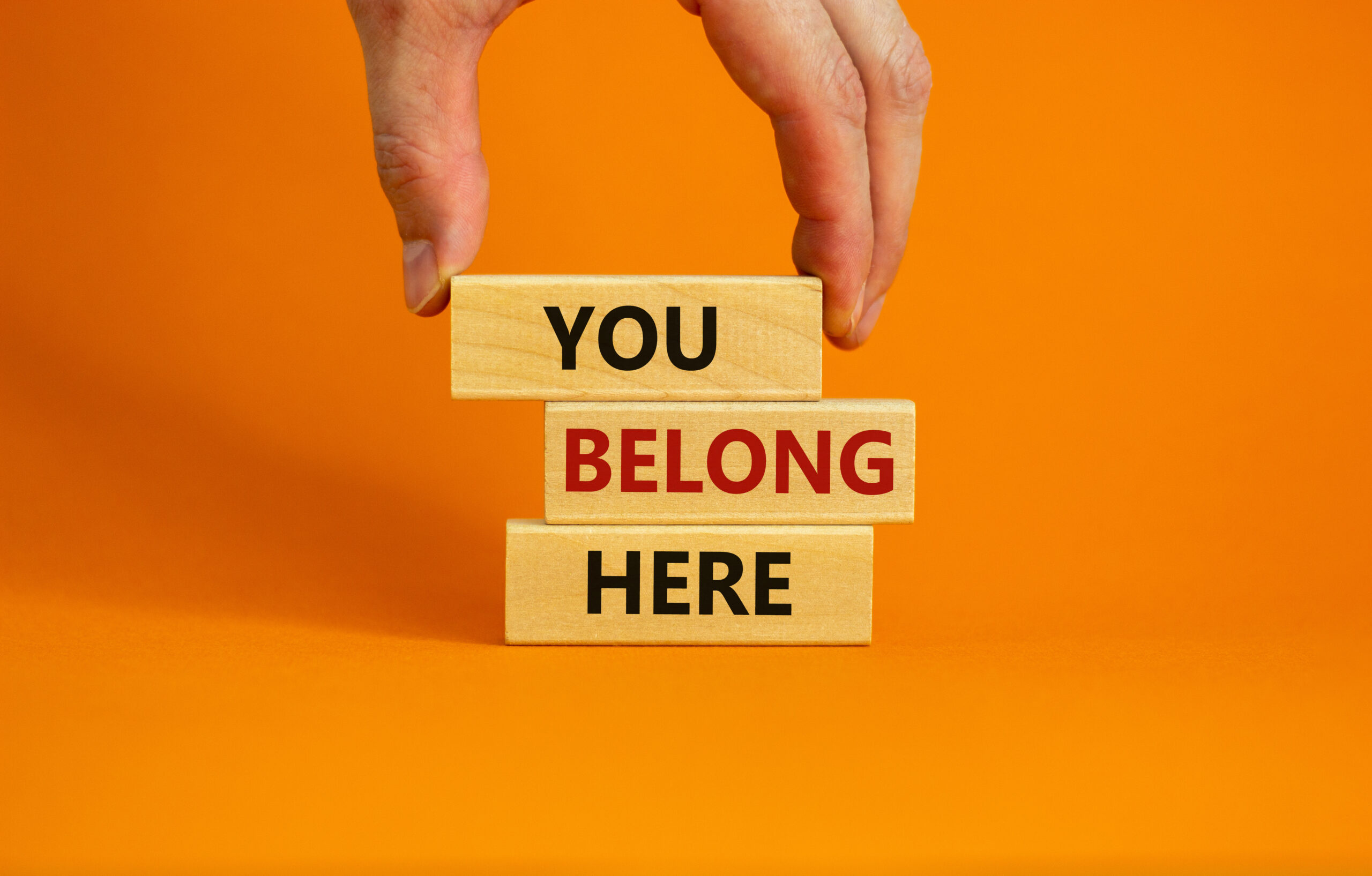After the long months of pandemic lockdowns, social distancing, and self-quarantining, we’ve all had enough isolation to last a lifetime.
Belonging is a basic human need. We all want to feel connected to other people; to have shared experiences; to feel accepted and empowered to be our true selves; and to be welcomed into communities we admire.
Brands can help fulfill that human need. Some of today’s most beloved brands stand for causes or ideas around which people can unite, whether it’s a social justice stance (Nike), a commitment to environmental responsibility (Patagonia), or the simple joy of a “Target run.”
Brands have the power to make the world a more unified place—while at the same time boosting their revenue.
Good for business, good for humanity
When your brand has effectively established feelings of belonging among your clients, customers, and advocates—when people think of your brand and go, Yes, these are my people, they get it—you are doing something good for the world. You are providing a space for people to connect, whether it’s in the comments section of one of your Facebook posts or in a real-life conversation.
And what’s good for humanity is also good for business. A study by IBM iX found that when brands successfully foster a sense of belonging among their customers, they triple their revenue growth rate, earn 10 percent higher market gains, boost conversion rates, and get more customer recommendations. It’s a win for everyone.
Multigenerational branding & belongingness
One common way people feel isolated from one another is age difference. People from different generations often have unconscious biases about one another. These biases contribute to a sense of divide between generations.
This is where brands can step in and embrace the power of “belongingness,” positioning themselves as the common thread that brings people of all ages together. It’s a beautiful way for multigenerational brands to create more unity in the world while also ensuring their organization’s ongoing success.
Let’s examine more closely how brands can bridge generational gaps to boost revenue AND help people feel more connected to one another.
How To Build A “Belonging Brand” That Spans Generations
1) Define your purpose.
When your brand is passionate about something, people who share that passion will feel a deep connection to your brand.
Why did you go into this business? Furthermore, for what customer-focused reason did you go into this business? Obviously you want to make money—but in what way do you want to help people?
At the heart of your brand, you’ll find a core purpose that will draw your people to you. It will have nothing to do with age—it will be a shared passion that resonates across generations.
2) Live by your core values.
You can have the most beautifully written mission statement, but words on your website are meaningless unless you act on them. Be intentional about actively demonstrating each of your core values in every aspect of your business. Demonstrate each of your core values actively and deliberately in every aspect of your business.
3) Be intentional about your relationship-building.
Every customer is a unique individual who makes up your brand’s community.
That guy who just walked into your shop isn’t Marty the Millennial—he’s Marty the marketing exec who has a wife and 3-year-old twins, loves fly fishing, and couldn’t tell you a single thing about the NFL.
When a person feels seen as an individual—rather than a stereotype of their generation—that’s when they’ll feel a sense of belonging.
4) Facilitate connections among the members of your community.
Belongingness isn’t just about establishing brand-to-consumer connections; it’s also about helping people within your community connect with one another.
Your brand can serve as the common thread that brings together people from all walks of life. Figure out how your brand can create opportunities for shared experiences, whether in-person or online.
5) Listen.
The only way to know if people feel like they truly belong is to ask them.
There are many ways to listen to what your community is telling you. What are people saying about your brand on social media and review sites? What feedback can be gleaned from your customer service department reps? To get an even deeper understanding of your brand’s belongingness score, you can implement brand perception surveys.
Assess what you learn and take steps to improve the “belongingness” factor of your brand. And continue to ask and listen—every single day.
***
A brand is more than just the face of an organization. Your brand is a community—a place for people to come together, to feel empowered to be their truest selves, and to have meaningful shared experiences with one another.
Brands that focus on belongingness will last long into the future—a beautiful future in which more and more people feel that they belong.





